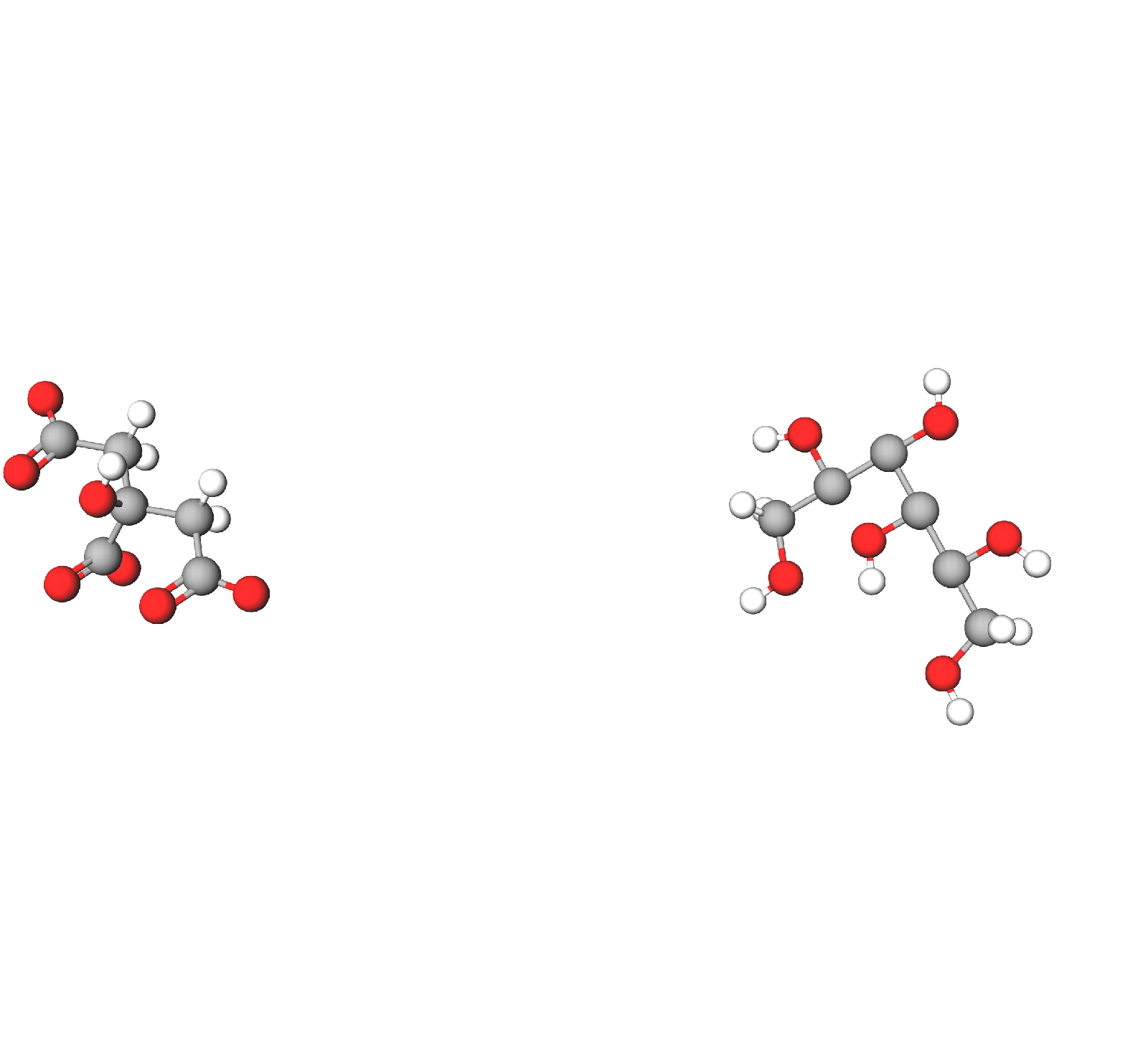Example: Balanced Chemical Equations with Subscripts
Water:
H2O
Carbon dioxide:
CO2
Iron(III) hydroxide (Rust reaction):
4Fe + 3O2 + 6H2O -> 4Fe(OH)3
Copper(II) sulfate pentahydrate:
CuSO45H2O
Chemical Formulas in Chemistry
Chemical formulas are the symbolic representations of chemical substances. They show the elements present in a compound and the ratio in which the atoms of these elements combine. Chemical formulas are essential for understanding the composition, structure, and behavior of compounds in chemical reactions.
1. What is a Chemical Formula?
A chemical formula uses symbols of elements and numerical subscripts to represent the composition of a substance. For example, the formula for water is:
H2O
This indicates that each water molecule is made up of 2 atoms of hydrogen and 1 atom of oxygen.
2. Types of Chemical Formulas
- Empirical Formula
- Molecular Formula
- Structural Formula
- Condensed Formula
- Ion and Hydrate Notation
(a) Empirical Formula
Shows the simplest whole-number ratio of atoms of each element in a compound.
Example: Glucose has molecular formula:
C6H12O6
Its empirical formula is:
H2O
(b) Molecular Formula
Represents the actual number of atoms of each element in one molecule of a compound.
Examples:
- Water:H2O
- Carbon dioxide: CO2
- Ammonia: NH3
(c) Structural Formula
Represents how atoms are arranged and bonded in a molecule.
Example (ethanol):
CH3-CH2-OH
(d) Condensed Formula
A simplified version of the structural formula written in a single line.
Example (propane):
CH3CH2CH3
(e) Ion Notation and Hydrates
Charged species are represented with superscripts, and water of crystallization is shown with dots.
Examples:
- Sodium ion: Na+
- Sulfate ion: SO42-
- Copper(II) sulfate pentahydrate: CuSO4.5H2O
3. Chemical Symbols and Subscripts
Each element is represented by a symbol (like H for hydrogen, O for oxygen). Subscripts in a formula indicate the number of atoms of that element.
Examples:
- H2 = 2 hydrogen atoms
- O2 = 2 oxygen atoms
- CO2 = 1 carbon and 2 oxygen atoms
4. Polyatomic Ions in Formulas
Polyatomic ions are groups of atoms that act as a single ion. These are enclosed in parentheses when multiple groups are present.
Examples:
- Calcium nitrate: Ca(NO2)2
- Aluminum sulfate: Al2 (SO 4)3
5. Writing Formulas from Valency
The valency of elements determines how they combine. When writing a formula, use crisscross method to balance charges.
Example: Write the formula for aluminum chloride.
Aluminum = Al3+, Chloride = Cl-
Crisscross charges: AlCl3
6. Chemical Equations vs. Formulas
While a chemical formula represents a single compound, a chemical equation shows a reaction:
2H2 + O 2 -> H2O
This equation uses chemical formulas to show how hydrogen and oxygen react to form water.
7. Importance of Chemical Formulas
- They help identify compounds.
- They convey the ratio of elements.
- They are used in chemical equations and stoichiometry.
- They provide insight into bonding and structure.
8. Practice Examples
- Magnesium hydroxide: Mg(OH)2
- Ammonium sulfate: (NH4)2SO4}
- Calcium carbonate: CaCO3
9. Conclusion
Chemical formulas are the language of chemistry. They allow scientists to communicate detailed information about compounds efficiently. From simple diatomic molecules to complex hydrated salts, understanding chemical formulas is essential for mastering chemical reactions, stoichiometry, and molecular structures.
🔬 Go to RDKit Chemistry Application


No comments:
Post a Comment